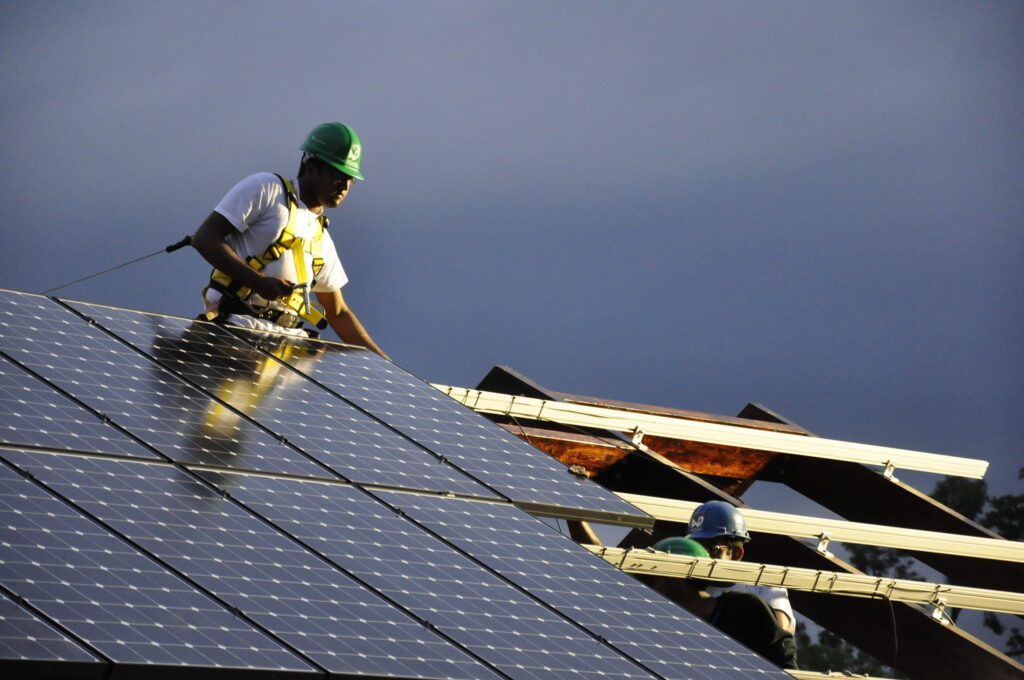
Rooftop solar power in the United States has increased by a factor of ten over the past decade and the majority of that growth has been in the past six or seven years. At this point, about 7% of American homes have solar panels on their roofs – about 5 million in total.
Rooftop solar really began experiencing widespread use about 20 years ago. Over that time period, the amount of electricity that panels are able to produce has grown substantially and the cost of solar power systems has dropped dramatically.
Twenty years ago, the median sized residential solar system generated 2.4 kilowatts of power. In 2023, the median size was 7.4 kilowatts. Roofs haven’t gotten bigger; solar panels have gotten better.
More importantly, 20 years ago, the average cost of installing solar power was $12 a watt. In 2023, the cost was $4.20 a watt.
Americans in fact pay considerably more for solar power than citizens in many other countries. The reason is not the price of the equipment; it is so-called soft costs. These include labor, financing, and permitting. Driving down soft costs is complicated and difficult. For one thing, it is important for solar industry jobs to have high pay and good benefits.
The cost of solar also varies significantly by state. California is the leading state for solar power and its median solar cost is the $4.20 a watt, the same as the national average. Nevada has the lowest cost at $3.40 a watt and Utah has the highest at $5.20 a watt.
**********
Web Links
Bigger and Less Expensive: A Snapshot of U.S. Rooftop Solar Power and How It’s Changed
Photo, posted September 18, 2011, courtesy of Team Massachusetts 4D Home via Flickr.
Earth Wise is a production of WAMC Northeast Public Radio
Leave a Reply